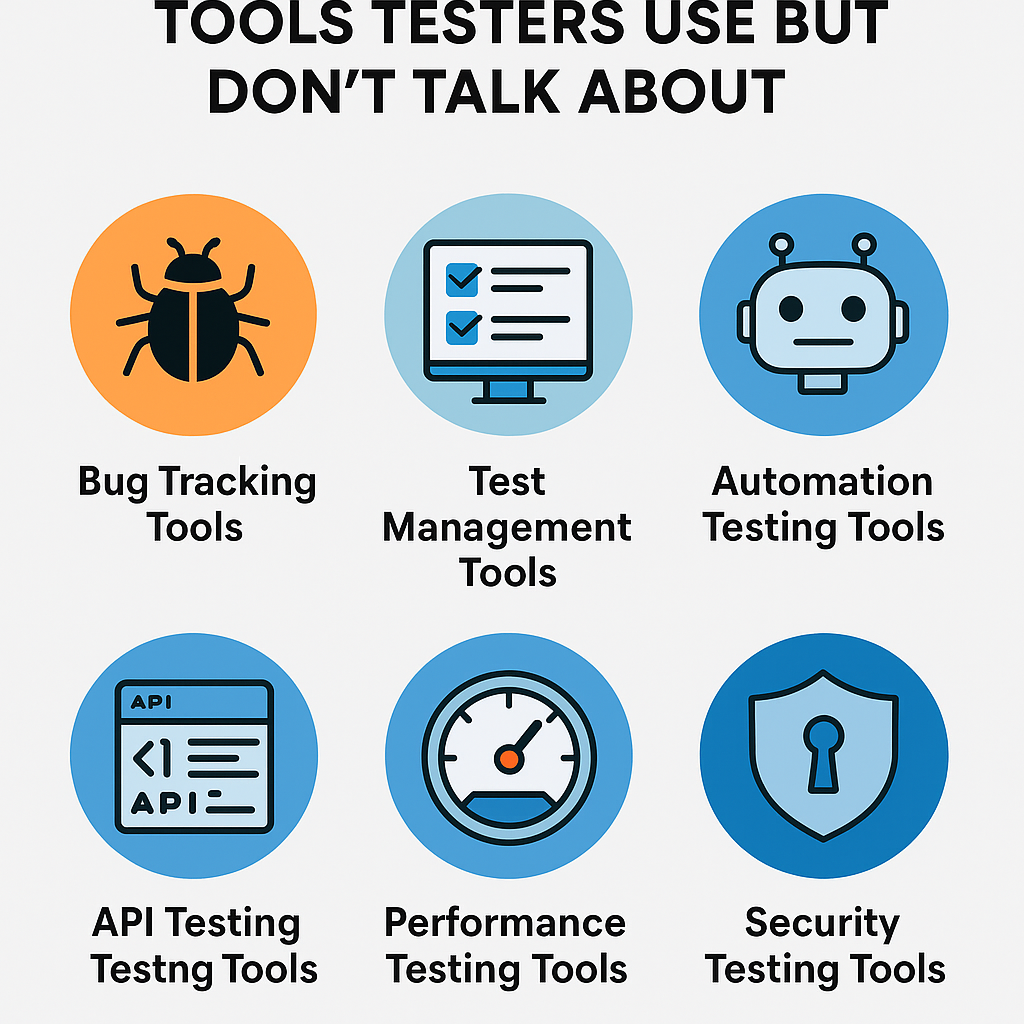Imagine this: You’re on e-commerce site, and after winning that dream auction, you’re ready to pay. But wait—how can you be sure your credit card information isn’t being intercepted by hackers lurking in the shadows? 😱 The answer? Payment Gateway Security Testing. For a company like eBay, protecting their payment gateway is mission-critical, and it’s not hard to see why!
Why Security Testing is Critical for Payment Gateways
Handling sensitive financial data, like credit card numbers, CVVs, and payment authorizations, makes the payment gateway one of the most vulnerable parts of an e-commerce platform. If something goes wrong here, it’s not just inconvenient—it can be devastating. That’s why security testing of payment gateways is essential.
“Security is the foundation of trust in every transaction,” says a payment security analyst.
Key Reasons for Payment Gateway Security Testing:
- Secures Financial Data: Protects payment details like credit card numbers, preventing fraud and data theft.
- Ensures Safe Transactions: Keeps hackers from tampering with transactions, ensuring customer peace of mind.
- Complies with Regulations: Helps meet PCI DSS standards, ensuring legal compliance.
Benefits of Security Testing for Payment Gateways
The payment gateway is a goldmine for attackers, but by securing it, you unlock multiple benefits for both your business and your customers:
- Protects Sensitive Payment Data: Safeguards credit card numbers, CVV codes, and other financial details.
- Prevents Fraud: Security measures block unauthorized transactions before they happen.
- Complies with PCI DSS: Helps ensure that your platform complies with global payment security standards.
- Boosts Customer Confidence: Customers trust you with their most sensitive data—payment info. Keeping it secure builds loyalty.
“If we can’t secure our payments, we can’t secure our customers,” says head of payment security.
Also read about What skills and knowledge should a software tester have regarding SQL?
Disadvantages of Not Performing Security Testing
But what if you don’t test the security of your payment gateway? Well, brace yourself for some serious consequences:
- Data Theft: Unsecured payment gateways are prime targets for attackers to steal credit card details.
- Financial Fraud: Hackers could reroute or manipulate transactions, leading to financial losses.
- Fines and Legal Trouble: Non-compliance with PCI DSS could result in hefty fines and legal battles.
- Loss of Customer Trust: Once customers lose faith in the safety of their financial data, they won’t be back.
“Your payment gateway is your vault—leave it unlocked, and you’ll lose everything inside,” warns an security specialist.
Also read about How to test SQL injection as Manual tester?
Best Practices for Securing Payment Gateways
Securing your payment gateway is essential, and following best practices is the way to go. Here’s what e-commerce sites do to lock down their payment processes:
1. Encrypt Payment Data
Always encrypt sensitive financial information like credit card numbers, both in transit and at rest. Encryption ensures that even if data is intercepted, it remains unreadable.
2. Use Strong Authentication
Implement two-factor authentication (2FA) for payment approval, adding an extra layer of protection. Manual testers should validate that 2FA is working effectively and cannot be bypassed.
3. Tokenization
Replace sensitive payment details with unique tokens that can’t be reused if intercepted. This adds a level of abstraction that makes it harder for attackers to gain access to real data.
4. PCI DSS Compliance
Regularly audit and ensure compliance with the Payment Card Industry Data Security Standard (PCI DSS). Manual testers should verify that the platform follows these guidelines for secure transactions.
“Encryption is your shield, and compliance is your sword,” says one of the lead developers.
5. Secure API Integrations
Payment gateways often use APIs for integration with third-party services. Manual testers should verify that all APIs are securely integrated, using secure authentication methods and encrypted communication.
Manual Security Testing Checklist for Payment Gateways
API Security Testing: Test all APIs for secure authentication and proper encryption of data in transit.
Data Encryption Verification: Ensure that all payment data is encrypted during storage and transmission.
Authentication Testing: Verify that 2FA is required for completing payments and is robust against bypass attempts.
Tokenization Validation: Test if sensitive data is tokenized and cannot be recovered without authorization.
PCI DSS Compliance Check: Validate that the platform adheres to PCI DSS standards by checking logs, access controls, and secure storage practices.
“Encryption is your shield, and compliance is your sword,” says one of lead developers.
Test Cases with test data for Payment Gateway Security
(Note: These test cases are designed for manual testers performing security testing.)
Here are some test cases that e-commerce uses to ensure that their payment gateway is hacker-proof:
| Test Case ID | Test Objective | Test Steps | Test Data | Expected Result |
|---|---|---|---|---|
| SEC_PM_01 | Verify payment encryption | Inspect network traffic during payment | Credit Card Number: 4111 1111 1111 1111, Exp: 12/24, CVV: 321 | Payment data encrypted with SSL |
| SEC_PM_02 | Test for SQL injection in payment fields | Enter SQL commands in payment fields | SELECT * FROM payments WHERE card_number = '4111' | SQL injection blocked |
| SEC_PM_03 | Test for tokenization | Make a transaction and inspect data storage | Credit Card Number: 4000 0000 0000 0000, Exp: 03/25, CVV: 456 | Sensitive data stored as a token |
| SEC_PM_04 | Test payment with expired card | Attempt payment using an expired card | Card Number: 4111 1111 1111 1111, Exp: 05/20, CVV: 111 | Transaction rejected, error displayed |
| SEC_PM_05 | Test for XSS in payment forms | Inject script in payment form fields | <script>alert('Hacked!')</script> | Script blocked, input sanitized |
| SEC_PM_06 | Test payment process on mobile devices | Make a payment using mobile browser | Device: Samsung Galaxy S21, Browser: Chrome | Payment successfully completed |
| SEC_PM_07 | Test for replay attacks | Attempt to replay payment request | Transaction ID: TRX123456 | Replay attack blocked |
| SEC_PM_08 | Test payment process under load | Simulate multiple users making payments | 1000 transactions simultaneously | Payments processed successfully under load |
| SEC_PM_09 | Test for CSRF in payment forms | Submit unauthorized payment request using CSRF | CSRF Token: ABCD1234, Amount: $500 | CSRF attack blocked, payment unauthorized |
| SEC_PM_10 | Test payment process with declined card | Attempt payment with a declined card | Card Number: 1234 5678 9876 5432, Exp: 08/25, CVV: 789 | Transaction rejected, error displayed |
Conclusion
Payment gateway security is vital for protecting your business and customers from financial fraud and data breaches. Manual testers are on the front lines, ensuring that every payment is secure, every transaction is safe, and every customer is protected. By adopting the best practices listed here, testers can significantly enhance payment security and contribute to building trust with customers.
For manual testers, the role in payment gateway security is critical—not just in finding issues but in reinforcing the trust that every e-commerce transaction relies on.
“Your payment gateway is where trust and transactions meet—protect it fiercely.”
Manual security testing for payment gateways in e-commerce,Best practices for secure payment gateway testing,How to secure e-commerce payment processes manually,Payment gateway security for manual testers,Ensuring PCI DSS compliance in e-commerce payment gateways












